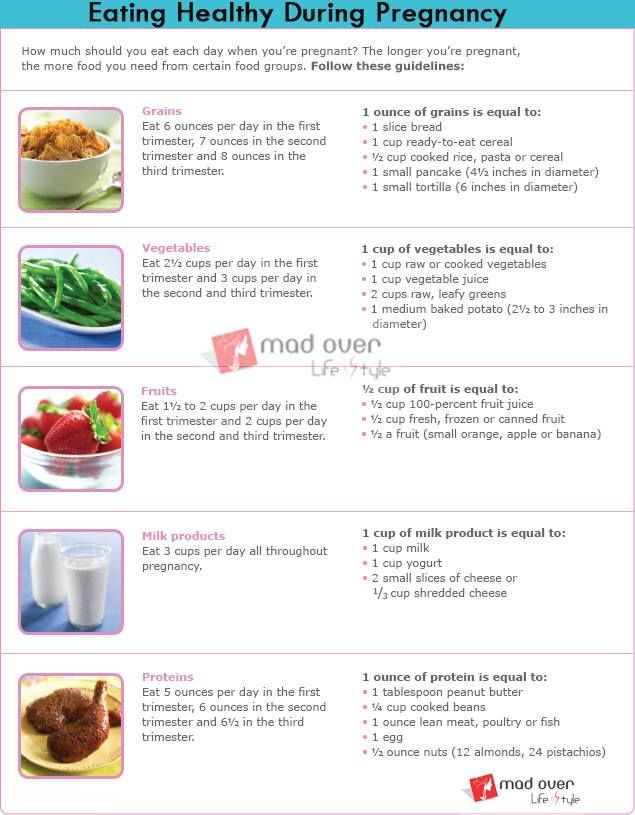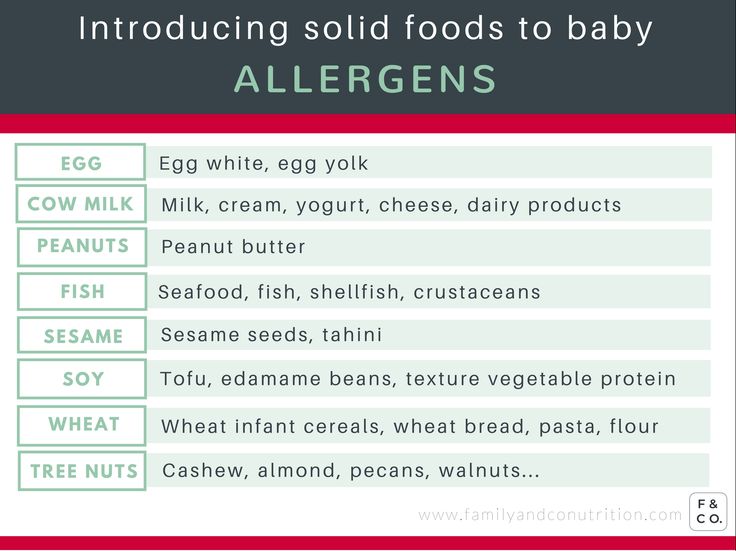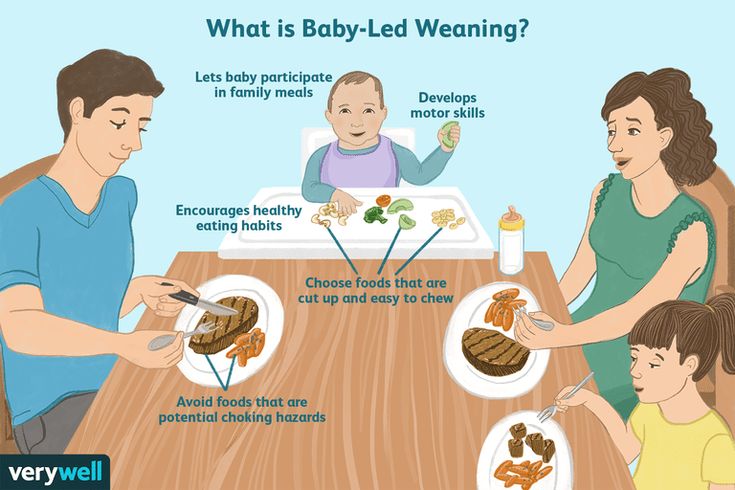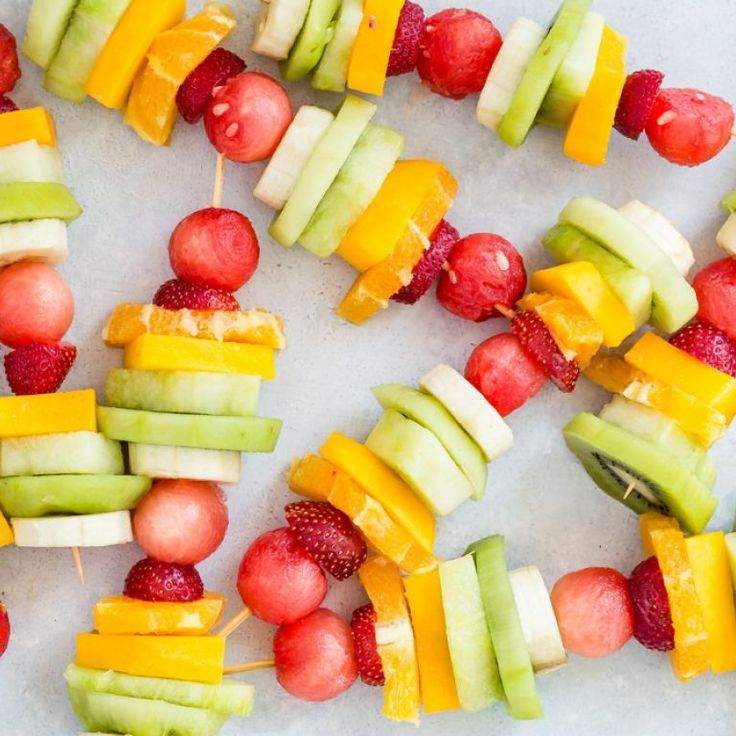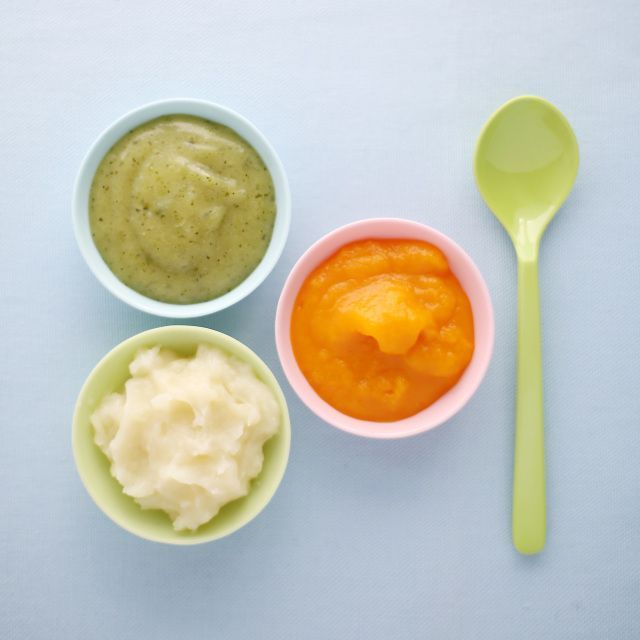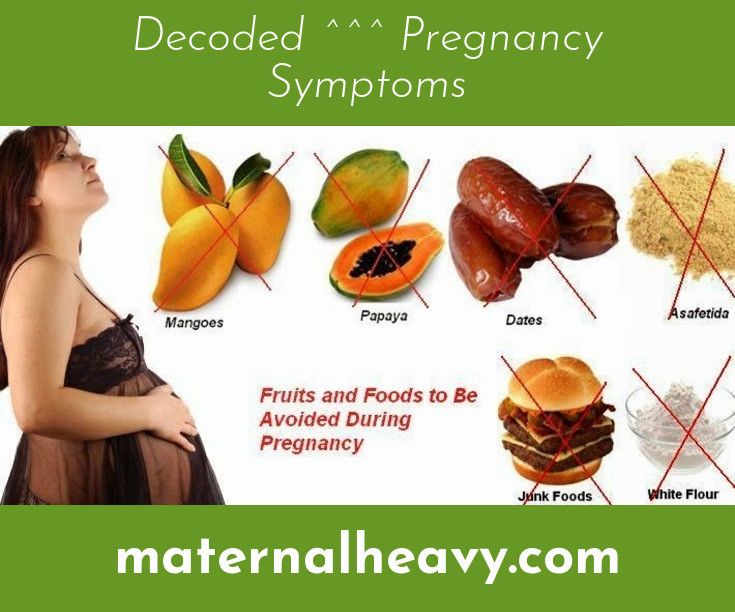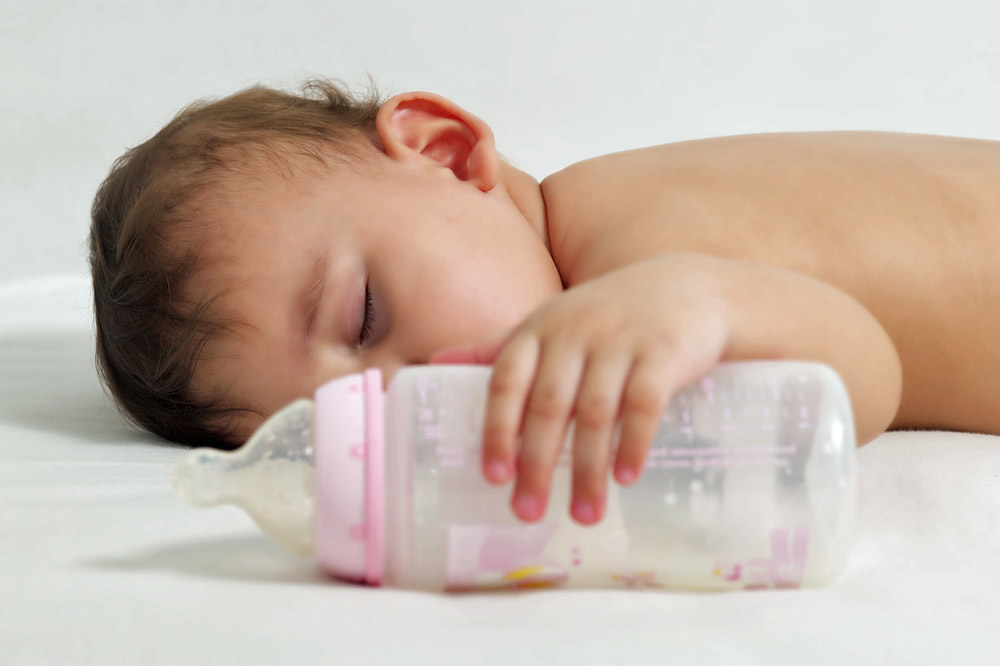Ounces of baby food per day
How Much Baby Food Your Baby Should Be Eating- A Guide
You’re wondering about the above statement aren’t you? Ask the vast majority of pediatricians and they will all say, “Feed your baby as much as your baby will eat”.
One of the caveats when feeding your baby solid foods is that that you ensure that your baby is still receiving proper amounts of breast milk and/or formula. Solid foods in the early stage are meant for practice. Solids are not meant to provide for baby’s nutrition as breast milk and/or formula are.
How much solid food a baby will be eating depends on a variety of different things.
Don’t forget that your baby is a little human being, and like all of us, she has her own appetite. This will influence to how much solid foods she will be eating. As with adults, some babies will eat more than others due to their individual appetites. Below are a few key points to remember when feeding your baby.
- A baby who began solid foods at 4 months of age will most likely be eating more solid foods than the baby who began to eat solid foods at 6 months old.
- A baby who is eating soft diced foods as beginner foods may seem to eat less than the baby who is being spoon-fed purées.
- A baby who is ill or teething may eat less than what has been typical for a few days and then suddenly the typical appetite comes roaring back.
- An infant who is busy exploring the carpet or the new soft-book she has received may be miffed when she is put into a high chair and offered food.
The natural slow down of growth that babies go through will also influence how much they eat. They may be ravenous for a few days or a week or two and then suddenly, they are barely eating. Babies who are coming out of a growth spurt will tend to eat less than they were during the growth spurt.
How do I know if my baby is eating enough solid food?
As all pediatricians will tell you ” Your baby will never starve himself or herself! ” The majority of healthy babies will eat just the right amount of foods that they need. Resist the urge to offer “just one more bite” when baby indicates she’s finished. You do not want to accidentally override your baby’s developing ability to self-regulate his or her feeding by continuing to try and feed your baby. It is important to pay close attention to your baby’s cues as your baby’s feeding patterns will change daily and may be affected by the goings-on around him.
Resist the urge to offer “just one more bite” when baby indicates she’s finished. You do not want to accidentally override your baby’s developing ability to self-regulate his or her feeding by continuing to try and feed your baby. It is important to pay close attention to your baby’s cues as your baby’s feeding patterns will change daily and may be affected by the goings-on around him.
Offering a well balanced diet of solid foods will help ensure that your baby is eating the right amount of the right nutritious foods.
Example feeding “schedule” of solid foods
REMEMBER: 1 ounce equals approximately 2 tablespoons
Before 4 Months:- According to the CDC, babies before 4 months of age should not be fed solid baby foods. Infants should be able to sit up on their own and take food off the spoon before being introduced to solids
- Why can’t we give baby younger than 4 months solids? According to Dr.
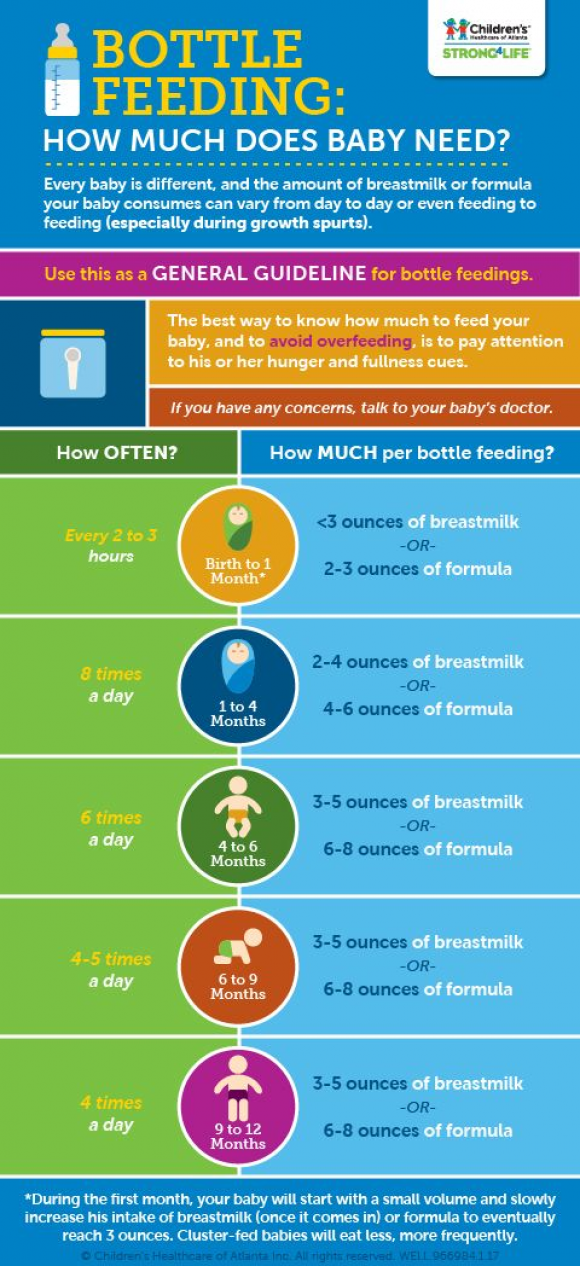 Alice Kuo of UCLA, “Introducing solid foods early means that the baby gets less breast milk over the course of their infancy, and that decreases the ability to get optimal benefits, like protection against infection,”
Alice Kuo of UCLA, “Introducing solid foods early means that the baby gets less breast milk over the course of their infancy, and that decreases the ability to get optimal benefits, like protection against infection,”
What to Feed Baby:
- Breast milk or formula
Breastfeed every 1-3 hours or Formula 18-40 ounces
4-6 Months:
If baby can sit up on their own and still seems hungry after breastfeeding, baby may be ready to start eating solids! Baby should be able to hold their head up, close their mouth around a spoon and “move” the food to the back of their mouth.
What to Feed Baby:
- Breast milk or formula AND
- 1-3 tablespoons of food at 1 or 2 “meals”
Click here to learn what foods you can introduce to a 4-6 month baby
6-8 Months:
Formula and/or Breast Milk is still most important at this age and stage.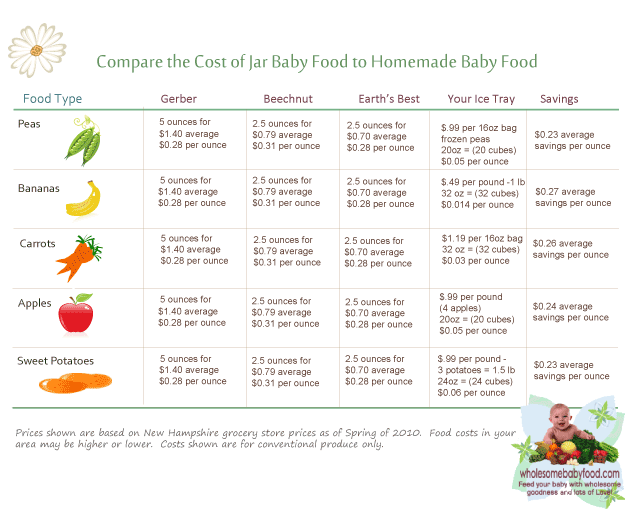 Babies in this range may be just starting solids so the above for 4-6 Months would apply. Some babies may be eating up to 8 ounces of solid foods between 2-3 “meals” during a day.
Babies in this range may be just starting solids so the above for 4-6 Months would apply. Some babies may be eating up to 8 ounces of solid foods between 2-3 “meals” during a day.
What to Feed Baby:
- Breast milk or formula AND
- Foods in this chart for solids OK to give baby 6-8 months, 2-3 “meals” a day
Click here to learn what solid foods you can introduce to a 6-8 month baby
8 to 10 months:
Many babies will be eating 3 “meals” per day at this stage; including a grain, fruit, veggie and a meat or protein source such as eggs.
Again, pay close attention to your baby’s cues as your baby’s feeding patterns will change daily and may be affected by the goings-on around him. Your baby will eat just the right amount for YOUR baby.
What to Feed Baby:
- Breast milk or formula AND
- Foods in this chart for solids OK to give baby 6-8 months, 3 “meals” a day
Click here to lean what solid foods you can introduce to a 8 to 10 month baby
10 to 12 months:
Many babies will be eating 3 “meals” per day at this stage; including a grain, fruit, veggie and a meat or protein source such as eggs.
Again, pay close attention to your baby’s cues as your baby’s feeding patterns will change daily and may be affected by the goings-on around him. Your baby will eat just the right amount for YOUR baby.
What to Feed Baby:
- Breast milk or formula AND
- Foods in this chart for solids OK to give baby 10-12 months, 3 “meals” a day
Click here to lean what solid foods you can introduce to a 10 to 12 month baby
Here are a few things to watch for to ensure that you are not over or under feeding your baby:
Signs that baby may want to continue to eat- Leaning in for the spoon
- Opening the mouth
- Grabbing for food and trying to put it in the mouth
- Closing of the mouth as the spoon comes close
- Spitting out the food that is being fed
- Turning the head away as the spoon comes closer
A healthy well-fed baby should be producing wet diapers regularly as well as producing a bowel movement or two during the day.
Ensure that you take your baby to the well-child visits as scheduled so that your pediatrician may weigh and measure baby to ensure that your baby has good sustained growth.
If you are ever uncertain about the foods and the amount of solid foods you are feeding your baby, always consult your baby’s pediatrician. Your pediatrician should be able to assist you in validating your feeding routines and also help allay your fears.
Remember, always consult with your pediatrician regarding introducing solid foods to your baby and specifically discuss any foods that may pose allergy risks for your baby.
No two babies will eat the exact same amounts (or foods!) The amount that each eats is just right for that baby!
Suggested Daily “Milk” Intakes for Babies age 0 to 12 months
- 0-3 Months of age:
Breastfeed every 1-3 hours or Formula 18-40 ounces - 4-5 Months of age:
Breastfeed every 2-4 hours or Formula 24-45 ounces - 6-8 Months of age:
Breastfeed every 3-4 hours or Formula 24-37 ounces - 9-12 Months of age:
Breastfeed every 4-5 hours or Formula 24-31 ounces
Whole Cow Milk, as a drink, should not be introduced until 12 months of age.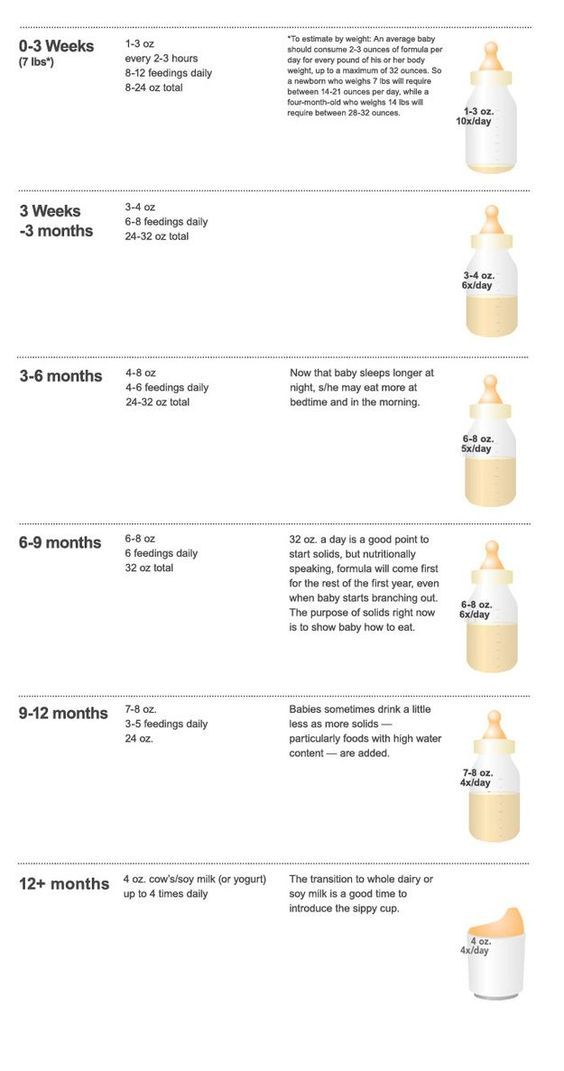 Learn about Introducing Yogurt and Feeding Cheese to your baby.
Learn about Introducing Yogurt and Feeding Cheese to your baby.
Table compiled from Merck Source
Follow Your Baby’s Cues When Feeding Your Baby Solid Foods
Following your baby’s cues during feeding time will ensure that your baby is eating the proper amounts of food for him or her.
There is no “set-in-stone” guideline or chart of exactly how many jars of baby food or how many 8 ounce bottles of formula each baby should be receiving. This is simply because each and every baby is different. Babies will eat as much food and drink as much breast milk and/or formula as they need.
For example: You may wonder how it is possible that your friend’s 7 month old baby is eating 2 whole jars of baby food (8-9 oz) in one day while your 7 month old baby barely manages to eat 3 or 4 baby food cubes (3-4 oz) of food per day. You may also wonder why your baby nurses every 2 hours at 7 months old while your friend’s baby may only nurse every 3 or 4 hours.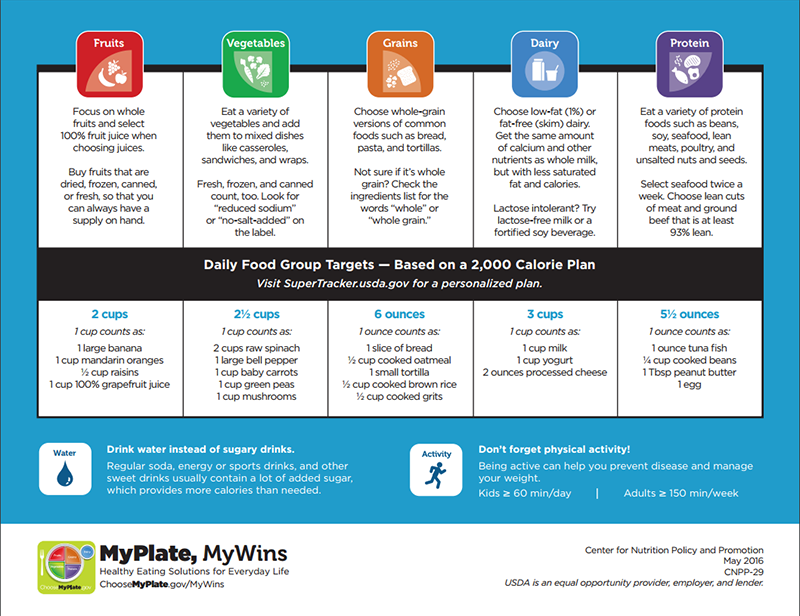 Again, each baby has different food and milk needs and these needs are just right for the individual baby.
Again, each baby has different food and milk needs and these needs are just right for the individual baby.
Read More About Solid Foods for Baby Food
Ask the vast majority of pediatricians and they will all say, “Feed your baby as much as your baby will eat”.
- Is My Baby Ready for Solid Foods?
- Baby Food Combinations
- Baby Food Allergies
- Iron and Your Baby
- Yogurt for Baby
- Travel with Homemade Baby Food
- Constipation and Your Baby
Remember, always consult with your pediatrician regarding introducing solid foods to your baby and specifically discuss any foods that may pose allergy risks for your baby.
This site complies with the HONcode standard for trustworthy health information:
verify here.
SHARE ON FACEBOOK SHARE ON PINTEREST
How Often and How Much Should Your Baby Eat?
By: Sanjeev Jain, MD, FAAP
One of the most common questions new parents have is how often their baby should eat.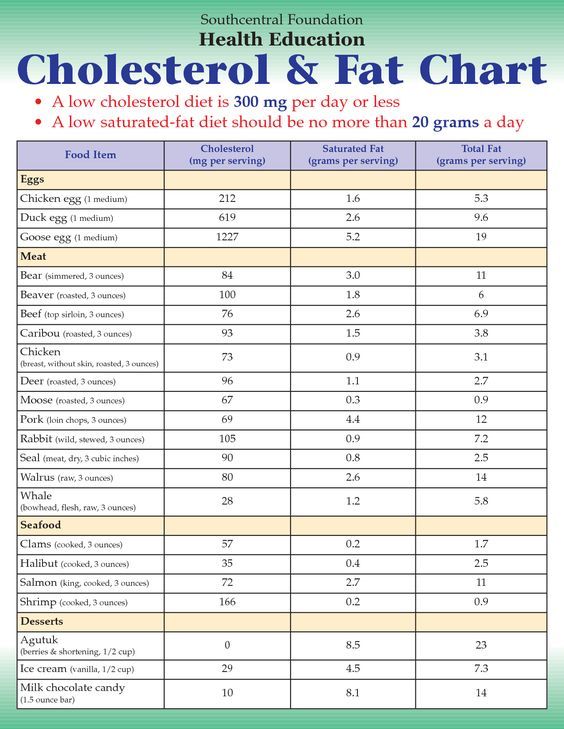 The best answer is surprisingly simple: in general, babies should be fed whenever they seem hungry.
The best answer is surprisingly simple: in general, babies should be fed whenever they seem hungry.
How do I know when my baby is hungry?
For babies born
prematurely or with certain medical conditions, scheduled feedings advised by your pediatrician are best. But for most healthy, full-term infants, parents can look to their baby rather than the clock for hunger cues. This is called feeding on demand, or
responsive feeding.
Hunger cues
A hungry baby often will cry. But it's best to watch for hunger cues before the baby starts crying, which is a late sign of hunger and can make it hard for them to settle down and eat.
Some other typical hunger cues in babies:
Licking lips
Sticking tongue out
Rooting (moving jaw and mouth or head in search of breast)
Putting his/her hand to mouth repeatedly
Opening her mouth
Fussiness
Sucking on everything around
It is important to realize, however, that every time your baby cries or sucks it is not necessarily because he or she is hungry. Babies suck not only for hunger, but also for comfort; it can be hard at first for parents to tell the difference. Sometimes, your baby just needs to be cuddled or changed.
Babies suck not only for hunger, but also for comfort; it can be hard at first for parents to tell the difference. Sometimes, your baby just needs to be cuddled or changed.
General guidelines for baby feeding
It is important to remember all babies are different―some like to snack more often, and others drink more at one time and go longer between feedings. However, most babies will drink more and go longer between feedings as they get bigger and their tummies can hold more milk:
Most newborns eat every 2 to 3 hours, or 8 to 12 times every 24 hours. Babies might only take in half ounce per feeding for the first day or two of life, but after that will usually drink 1 to 2 ounces at each feeding. This amount increases to 2 to 3 ounces by 2 weeks of age.
At about 2 months of age, babies usually take 4 to 5 ounces per feeding every 3 to 4 hours.
At 4 months, babies usually take 4 to 6 ounces per feeding.
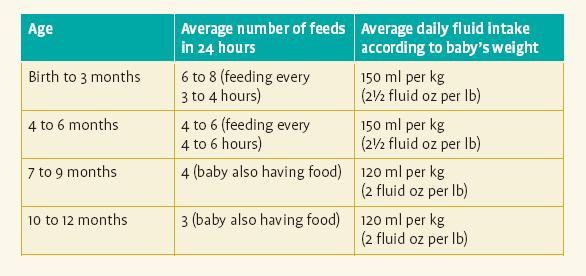
At 6 months, babies may be taking up to 8 ounces every 4 to 5 hours.
Most babies will increase the amount of formula they drink by an average of 1 ounce each month before leveling off at about 7 to 8 ounces per feeding. Solid foods should be started at about 6 months old.
Concerns about overfeeding or underfeeding your baby
Too full?
Babies are usually pretty good at eating the right amount, but they can sometimes take in more than they need. Infants who are bottle feeding may be more likely to overfeed, because drinking from a bottle may take less effort than breastfeeding.
Overfed babies can have stomach pains, gas, spit up or vomit and be at higher risk for obesity later in life. It's better to offer less, since you can always give more if your baby wants it. This also gives babies time to realize when they're full.
If you are concerned your baby wants to eat
all the time―even when he or she is full―talk with your pediatrician.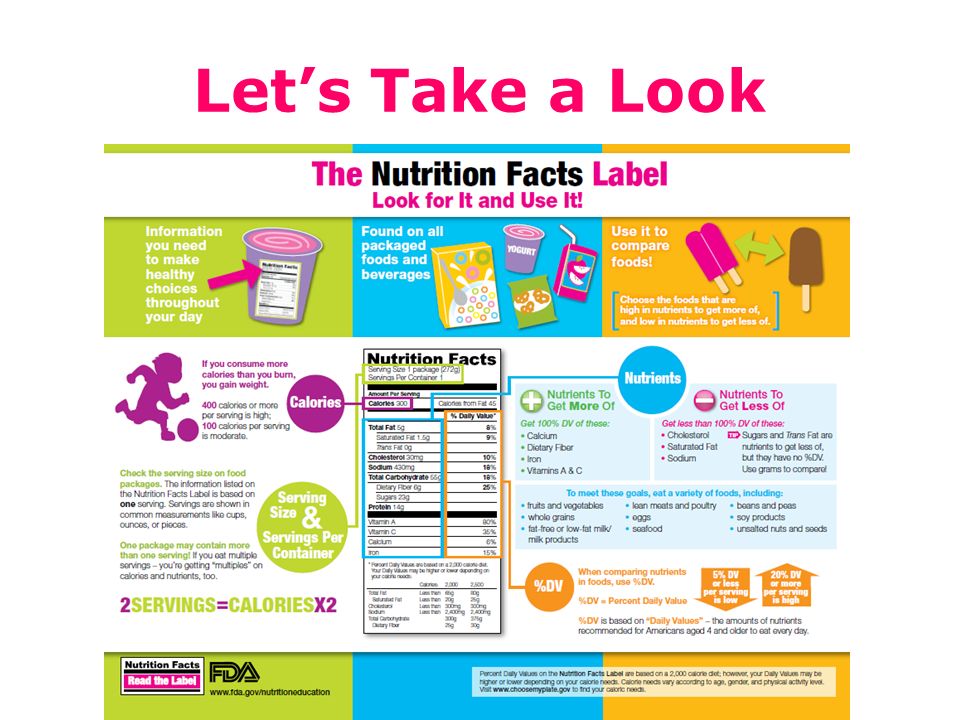 Pacifiers may be used after feeding to help sooth healthy-weight babies who like to suck for comfort, rather than nutrition. For babies who are breastfed, it's best to wait to offer pacifiers until around 3 to 4 weeks of age, when breastfeeding is well-established.
Pacifiers may be used after feeding to help sooth healthy-weight babies who like to suck for comfort, rather than nutrition. For babies who are breastfed, it's best to wait to offer pacifiers until around 3 to 4 weeks of age, when breastfeeding is well-established.
Trouble gaining weight?
Most babies will double their birth weight by 5 months of age and triple their birth weight by their first birthday. If your baby is having trouble gaining weight, don't wait too long between feeding―even if it means waking your baby. Be sure to talk with your pediatrician about how often and how much to feed your baby.
How do I know if my baby is getting enough to eat?
Daily diapers
A newborn's
diaper is a good indicator of whether he or she is getting enough to eat. In the first few days after birth, a baby should have 2 to 3 wet diapers each day. After the first 4 to 5 days, a baby should have at least 5 to 6 wet diapers a day. Stool frequency is more variable and depends whether your baby is
breastfed or formula fed.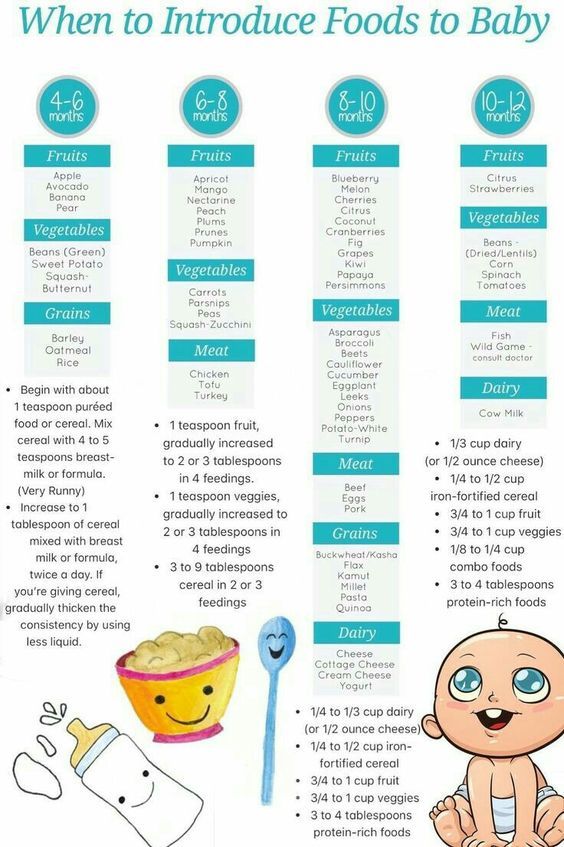
Growth charts
During regular health check-ups, your pediatrician will check your baby's weight and plot it on a growth chart. Your baby's progress on the growth chart is one way to tell whether or not they are getting enough food. Babies who stay in healthy growth percentile ranges are probably getting a healthy amount of food during feedings.
Remember
Talk with your pediatrician if you have any questions or concerns about your baby getting the right amount to eat.
More information:
- Making Sure Your Baby is Getting Enough Milk
- Amount and Schedule of Formula Feedings
- Is Your Baby Hungry or Full? Responsive Feeding Explained (Video)
- Remedies for Spitty Babies
- Ask the Pediatrician: With the baby formula shortage, what should I do if I can't find any?
- Ask the Pediatrician: How should we feed our baby if we're running low on money?
-
Airplane Choo Choo: A Feeding Guide for Children (National Dairy Council)
About Dr.
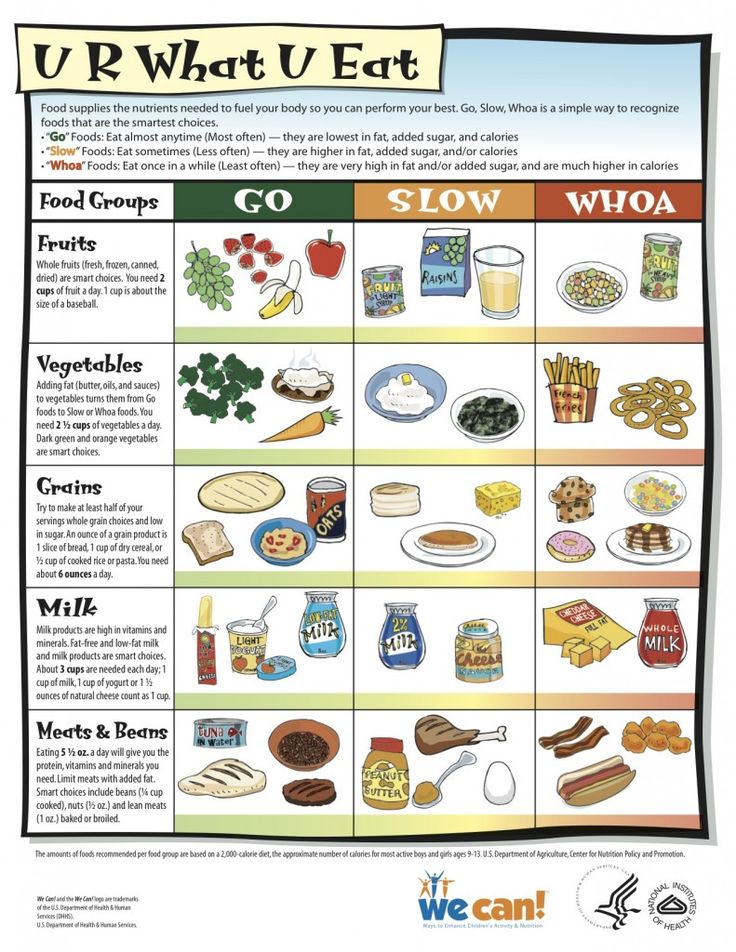 Jain:
Jain:
Sanjeev Jain, MD, FAAP, is a Clinical Associate Professor of General Pediatrics and Adolescent Medicine at the University of Wisconsin School of Medicine and Public Health. Within the American Academy of Pediatrics, he is a member of the Section on International Child Health and the Wisconsin State Chapter.
The information contained on this Web site should not be used as a substitute for the medical care and advice of your pediatrician. There may be variations in treatment that your pediatrician may recommend based on individual facts and circumstances.
US administration arranges delivery of infant formula to America
Fly Formula's operation to accelerate the delivery and distribution of high-quality and healthy non-US infant formula in the US continues with the assistance of the White House
The White House facilitated the airlift of Danone Aptamil Gold Plus standard infant formula equivalent to five million 8 ounce bottles (about 236 ml).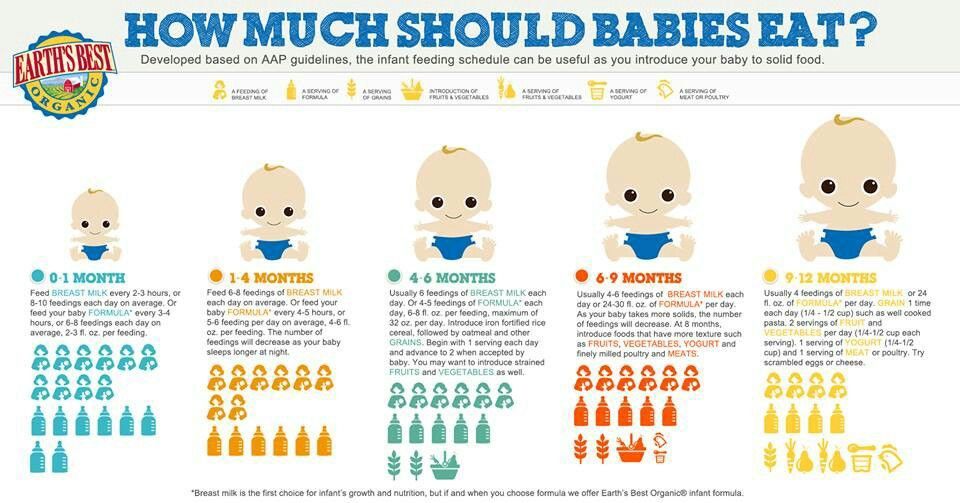
President Biden today announced that, with the assistance of the U.S. Department of Health and Human Services (HHS), the White House has ordered two additional flights - 29August and September 2, respectively.
These deliveries will include approximately 151 tons of Aptamil Gold Plus, equivalent to 5 million 8 ounce bottles (approx. 240 ml). Baby food will be distributed through a retail network.
In May, the Federal Food and Drug Administration (FDA) announced that the agency was enforcing existing laws so Danone could additionally export many types of infant formula to the US, including Neocate Infant DHA/ARA and Aptamil First Infant Milk Stage 1.
Danone plans to ship a total of approximately 39 million 8 oz bottles of various brands to the US market, including Aptamil formula from Ireland and New Zealand.
The President of the United States launched the Fly Formula program to expedite the import of infant formula and get it shipped to America's stores as soon as possible.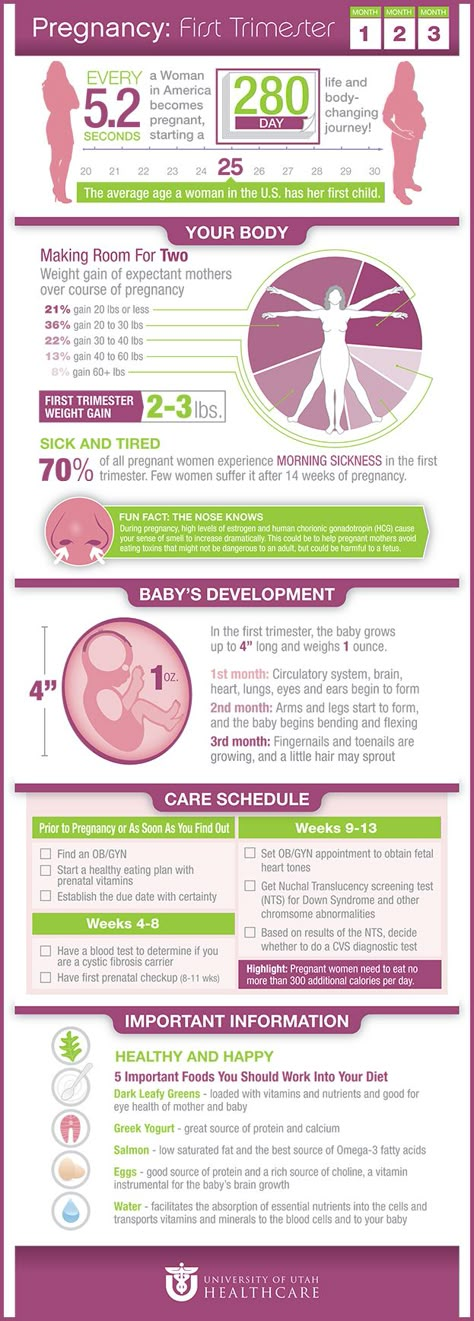 As part of the program, the Department of Health and Human Services (HHS), the United States Department of Agriculture (USDA), the General Services Administration (GSA), and the Department of Defense (DOD) are collaborating to procure infant formula from overseas that meets US health and safety standards. . This collaboration allows this baby food to reach store shelves, hospitals and home healthcare providers faster. To date, Operation Fly Formula has transported over 83 million bottles to the US.
As part of the program, the Department of Health and Human Services (HHS), the United States Department of Agriculture (USDA), the General Services Administration (GSA), and the Department of Defense (DOD) are collaborating to procure infant formula from overseas that meets US health and safety standards. . This collaboration allows this baby food to reach store shelves, hospitals and home healthcare providers faster. To date, Operation Fly Formula has transported over 83 million bottles to the US.
In addition, the White House has taken a number of other important steps to ensure that American families have enough safe formula milk. Through the application of the Defense Production Act, the US Administration has authorized an agreement between the FDA and Abbott Nutrition to reopen the company's facility in Sturgis, South Dakota, and has given the necessary guidance to the FDA so that major infant formula manufacturers can safely import into the US those of which are not currently produced for the US market.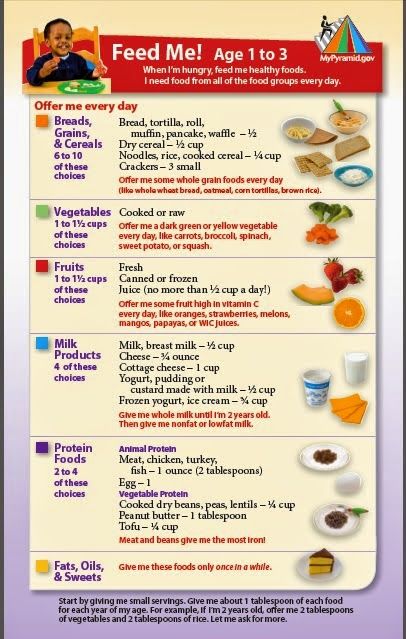
For more information from the US government on infant formula, visit whitehouse.gov/formula.
-
Voice of America news service
is it possible to eat mashed potatoes in jars and lose weight
Studying the assortment of baby food is amazing: it seems that these babies get the best. Still, modern children can have mango puree for breakfast, eat horse meat with vegetables for lunch, and dine with organic chicken with rice. Why shouldn't adults eat this delicacy too? It turns out that the baby food diet exists and has already gained popularity among Hollywood stars.
Website editor
Tags:
Lady Gaga
Gwyneth Paltrow
Jennifer Aniston
Diets
How to lose weight in a week
Getty Images
Tracey Anderson, an American fitness trainer who has worked with many celebrities, became the popularizer of the baby food diet. She suggested that those who want to get rid of extra pounds and keep themselves in shape should pay attention to jars of baby puree. Wiz Reeserspoon, Jennifer Aniston, Gwyneth Paltrow and Lady Gaga followed this diet at various times.
She suggested that those who want to get rid of extra pounds and keep themselves in shape should pay attention to jars of baby puree. Wiz Reeserspoon, Jennifer Aniston, Gwyneth Paltrow and Lady Gaga followed this diet at various times.
There are many advantages of such a diet, but such a diet also has enough disadvantages. We figure out what outweighs and to whom such a diet can suit.
How can you lose weight on baby puree?
There are several variations of this diet. The strictest option does not involve the use of any other products - only mashed potatoes, no juices, curds and other products. It is optimal to use only mono-products, which means that, most likely, you will have to limit yourself to mashed potatoes for the smallest ones, because jars for older children already contain mashed potatoes from several components.
It is recommended that you consume no more than 1200 calories daily.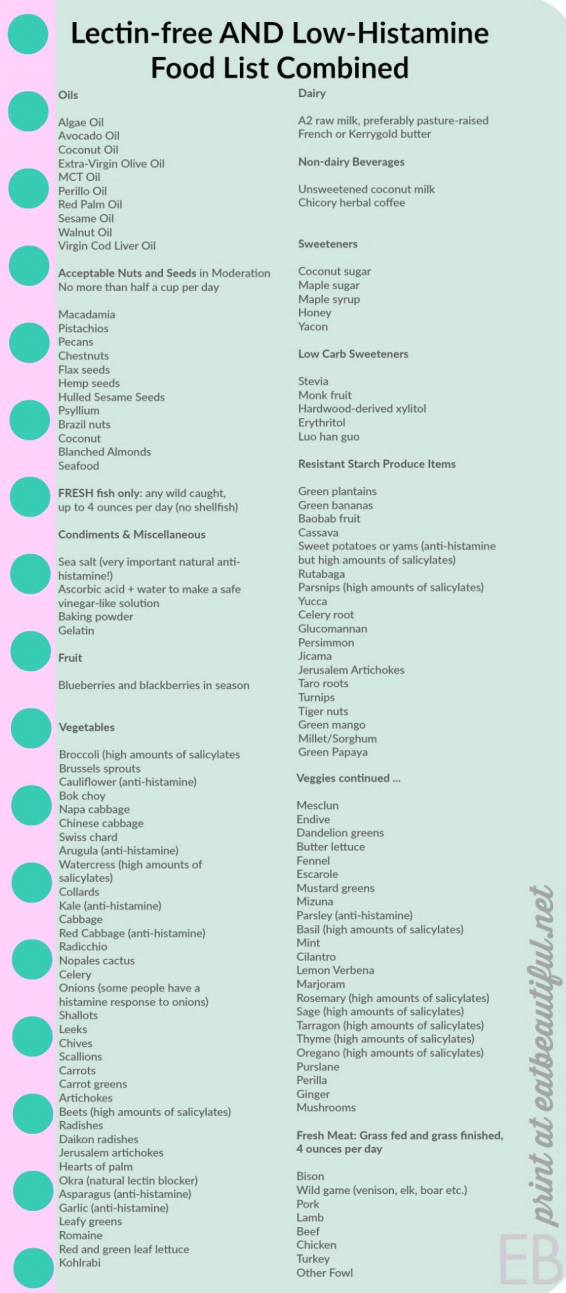 Considering that one jar contains up to 100 kcal, you will need quite a lot of such jars for one day. It is quite possible to lose weight on baby food - following a diet for babies can provide a loss of up to 5 kilograms per week.
Considering that one jar contains up to 100 kcal, you will need quite a lot of such jars for one day. It is quite possible to lose weight on baby food - following a diet for babies can provide a loss of up to 5 kilograms per week.
An easier and simpler option is to substitute baby puree for several meals or use baby food for a quick snack.
IT'S INTERESTING
Gwyneth Paltrow and other stars whose wedding was canceled on the eve of the celebration
Brad Pitt and Gwyneth Paltrow met on the set of the film "Seven", and they began a stormy romance on the set. The couple even had the same style of clothing at that time! The upcoming wedding of two sex symbols seemed like the event of the year, but Brad and Gwyneth unexpectedly parted ways. According to rumors, the reason was the bride's infidelity: she allegedly had an affair with colleague John Hannah on the set of "Beware the Doors Are Closing."
1 of 5
What are the benefits of a baby food diet?
Such a diet can captivate with its simplicity - you don't need to count calories, because all the data is written on the jar. There is no need to waste time on cooking, serving and studying the composition, and the products for babies are so diverse that such a diet cannot be called boring. Do not forget about the quality of the products - baby food meets the highest standards, and therefore definitely does not contain harmful additives, artificial colors and incomprehensible ingredients.
There is no need to waste time on cooking, serving and studying the composition, and the products for babies are so diverse that such a diet cannot be called boring. Do not forget about the quality of the products - baby food meets the highest standards, and therefore definitely does not contain harmful additives, artificial colors and incomprehensible ingredients.
In general, when choosing food for the little ones, you definitely will not buy pizza for babies or baby fries in a jar: the assortment will be healthy and healthy. Take at least mashed broccoli or green peas.
Weight loss on such a diet is more than real: the absence of harmful products, calorie restriction, portions adjusted to the gram will help get rid of extra pounds.
The Baby Puree Diet: Cons of the Diet
Obviously, for most of us, baby food as a permanent diet will not work - this system can serve to unload for a week or two.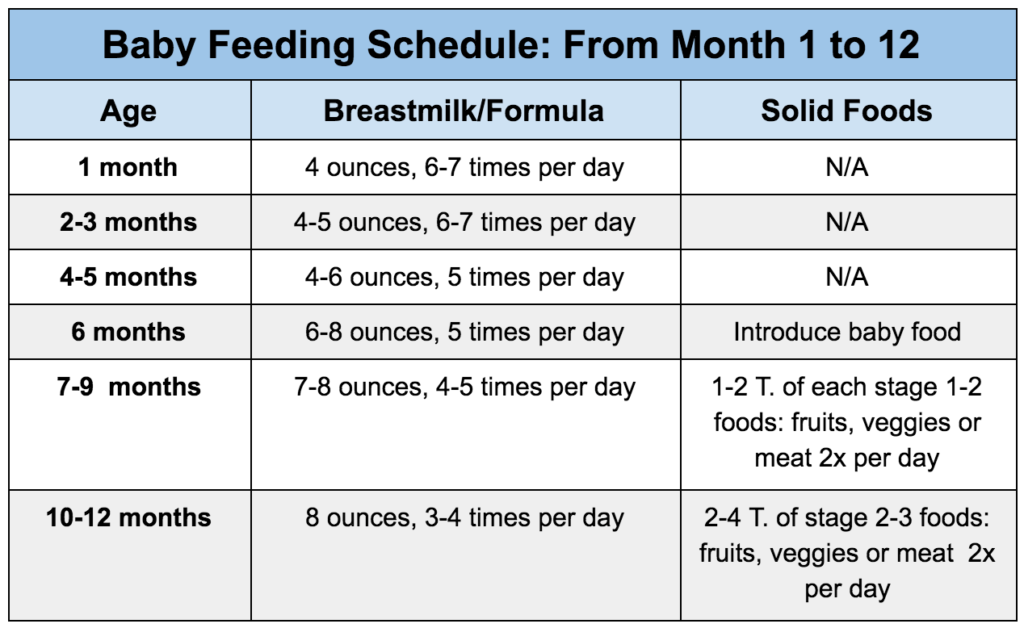 Abuse of a strict version of the diet can harm rather than improve the body.
Abuse of a strict version of the diet can harm rather than improve the body.
If you follow such a diet, you will have to eat food without spices - salt, pepper and other seasonings are not added to monocomponent purees. Surviving more than two weeks on unleavened food is not so easy.
In addition, it is worth remembering that protein, whole grains, fiber and proper fats enriched with polyunsaturated fatty acids are not enough in children's products - they are quite enough to provide everything a baby needs, but they are not enough for an adult. Long-term adherence to such a diet can lead to digestive problems.
For those who have already experienced certain diseases of the digestive system, the use of baby puree in large quantities should be completely abandoned. Also, the diet is not recommended for pregnant and lactating women, those who suffer from anemia, have problems with pressure.
Another important factor is the high cost.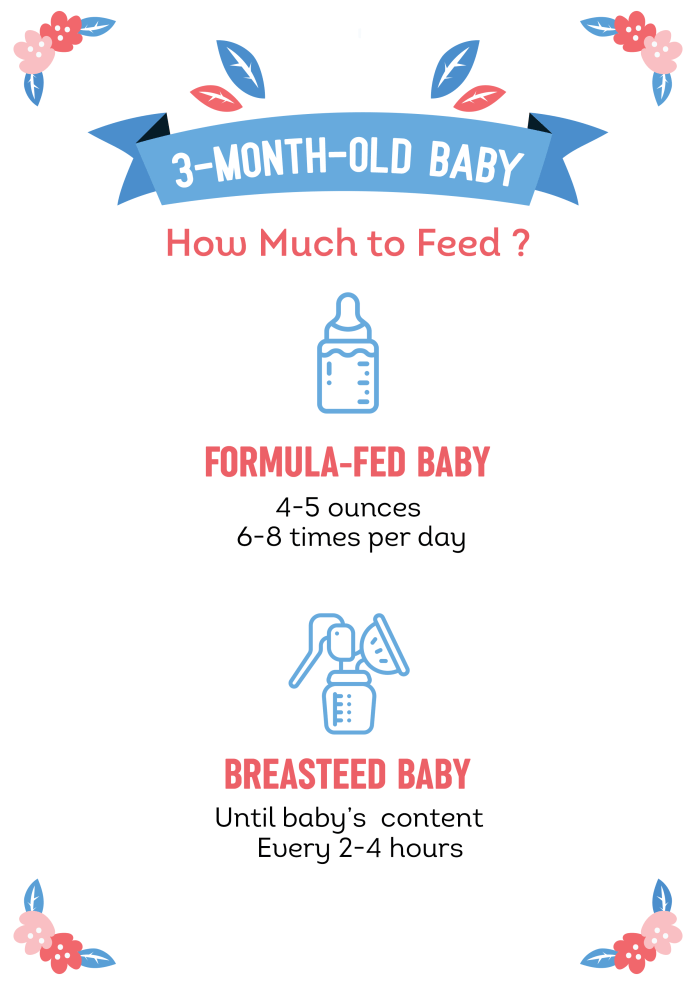 A two-week sitting on baby puree will cost a pretty penny, because you will have to eat the contents of 10-15 cans every day, which will cause both the body and the wallet to lose weight at the same time. We also note the environmental aspect - such a huge number of empty jars will quickly accumulate in your house that the question of their proper disposal may arise.
A two-week sitting on baby puree will cost a pretty penny, because you will have to eat the contents of 10-15 cans every day, which will cause both the body and the wallet to lose weight at the same time. We also note the environmental aspect - such a huge number of empty jars will quickly accumulate in your house that the question of their proper disposal may arise.
Baby puree: yes or no
Feedback from those who have already tried the baby puree diet is mixed. Some say that such a diet really allowed them to throw off those extra pounds, while others note a constant feeling of hunger for one or two weeks of “canned” nutrition. Many simply yearned for "adult" food, wanting to chew on pieces of food and not only absorb certain foods, but enjoy the very process of eating.
Those who still decide to try such a diet should not forget that it is not necessary to follow it for more than two weeks. It is important to drink enough water, and if necessary, add at least a little fiber to your diet.